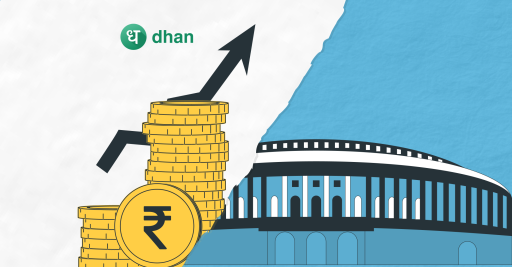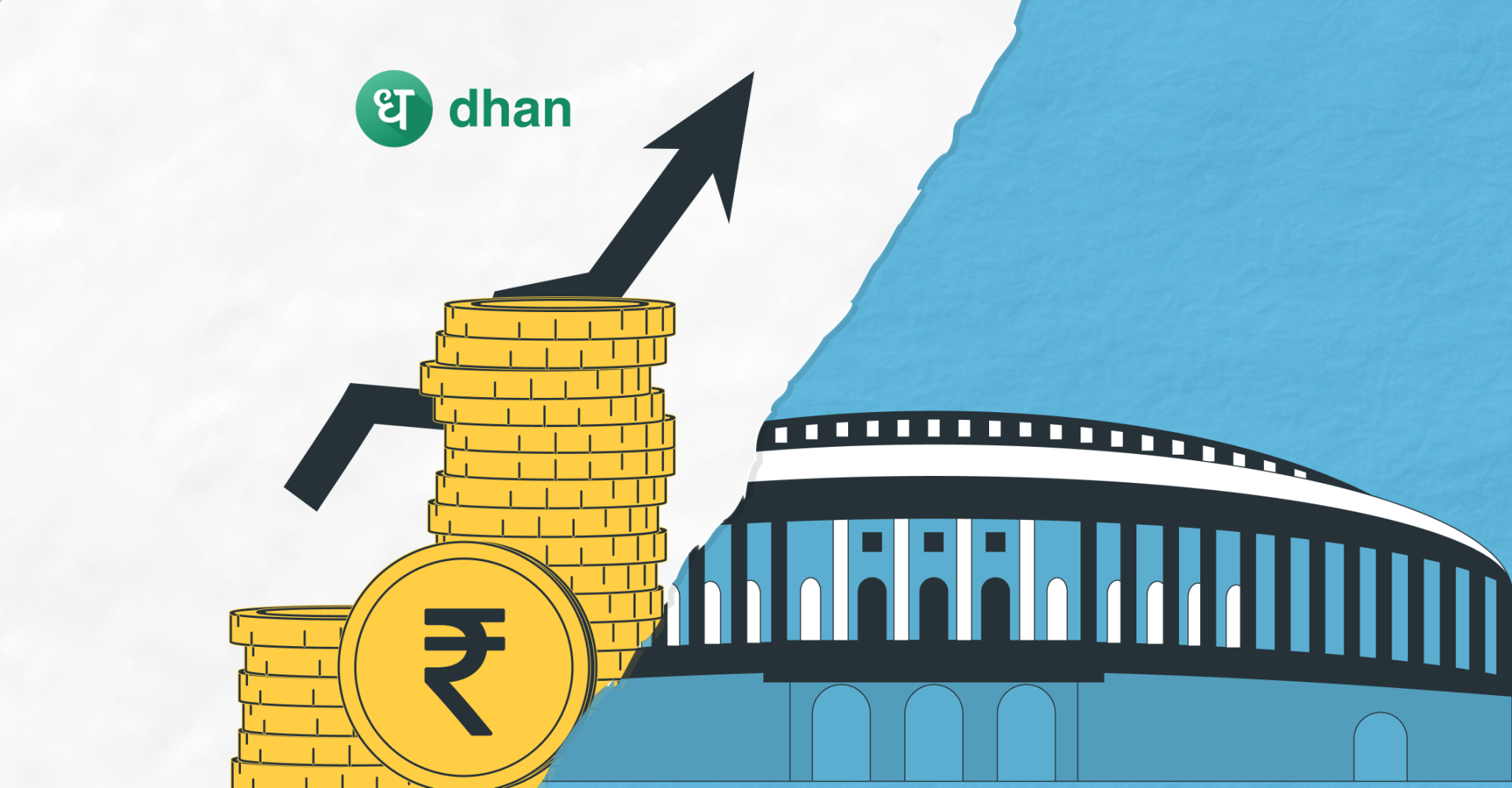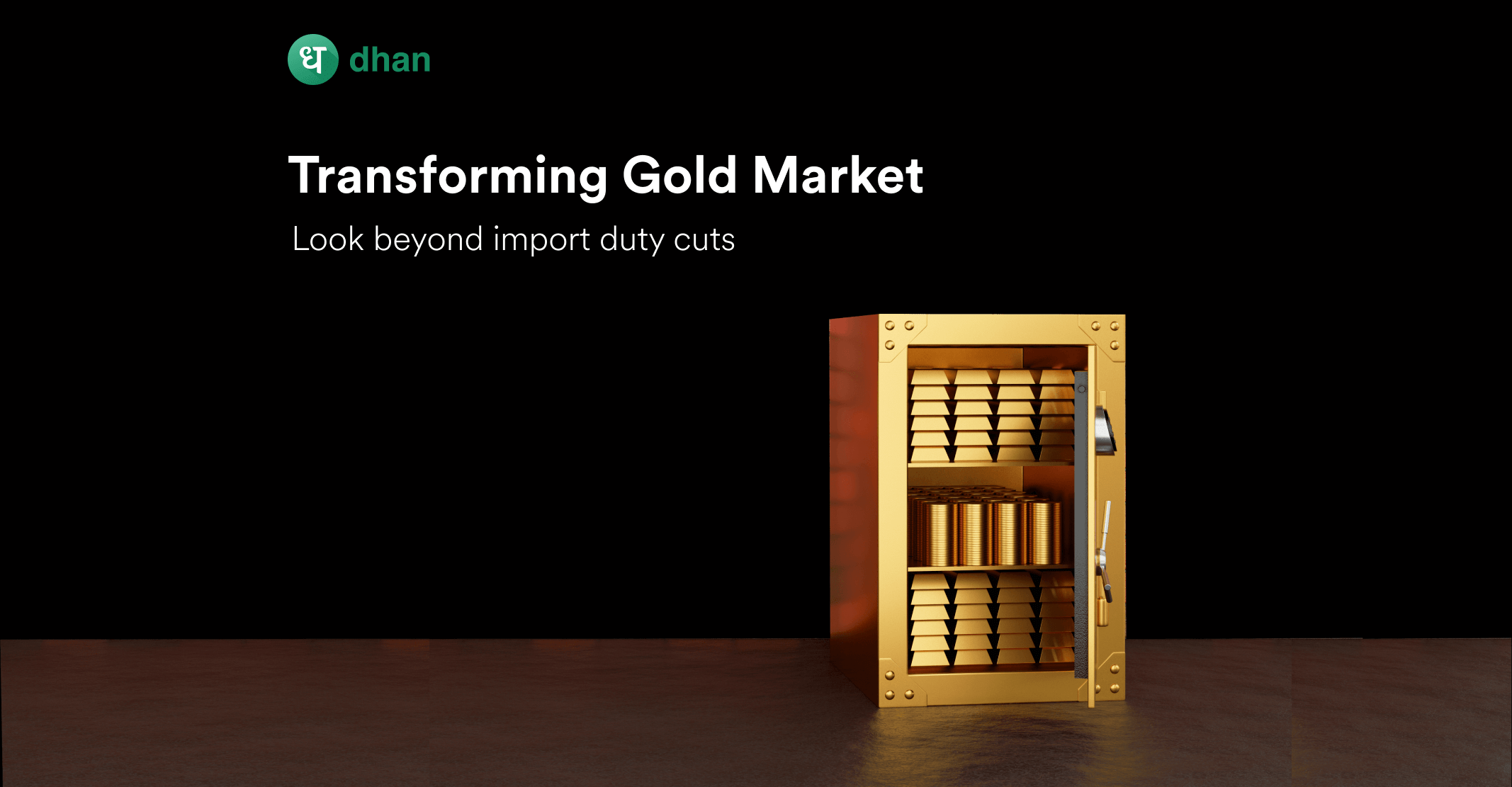India is currently, the most sought-after and one of the most stable large economies in the world. In one decade, India has transformed itself from one of the “Fragile Five” economies to the fifth- largest economy in the world. Since 2021 India has been the fastest-growing. Achieving such a feat is unprecedented amidst the challenging times of COVID-19, Stagnating trade and factory output across the globe, higher inflation, war, and De-globalisation.
The Indian stock market has grown to the fourth largest globally in terms of market capitalization, Aviation Industry has grown to the third largest, and airports have doubled to 149 in one decade. Our Startup ecosystem is the third largest in the World. American firms employ more than 1.5 million people in India, more than any other country. We are the only nation to successfully land spacecraft on the moon’s south pole. We are the back office of the world. Most large global firms have their Global Capability Centres (GCC) in India. According to NASSCOM, GCCs generated revenues of $46bn last year.
India builds 10,000 km of road every year and adds 15GW of Solar energy capacity annually. The Massive infrastructure program is helping India to build bridges, and ports, modernize railways, and develop water transport networks. The Make in India initiative and schemes like Production Linked Incentives (PLI) are a push towards building its much-needed manufacturing base, which India currently lacks. The “China Plus One” Strategy is an opportunity that will benefit India in becoming an alternative where multinational companies can set up factories outside China.
India’s banking and digital financial payment network has immensely benefited the poor and the marginalized. It ensured the Direct Benefit Transfer of Subsidies reached the poor. More than 520 million bank accounts have been opened in the last 10 years under the Jan Dhan Yojana (a scheme to bring the unbanked population to the formal banking channel) and the aggregate deposit of over 2 lac crores ($28 billion) lies in these bank accounts. The percentage of the population living in poverty has reduced from 12% in 2011 to 5% presently.
Our financial and banking system is stronger than before. The new bankruptcy law, consolidation of state-run banks, and digital infrastructure have made the financial system healthier, enabling credit availability to millions of households and Small and Medium Enterprises.
The earnings of India’s top 50 companies which are part of NIFTY Indices of NSE have grown at a CAGR of 24% over the past three years. The Direct Tax Revenue collections have grown 25 % year on year. GST Revenue collections have grown by 10% Year on year.
The growing workforce and their aspirations for a better lifestyle boost consumption. According to Goldman Sachs, 60 million people earn over $10,000 or more a year, which will grow to 100 million by 2027. India provides huge opportunities to firms offering products and services across Healthcare, Insurance, Real Estate, Investing, Entertainment, Financial Services, and more. The opportunity for global players is immense given the slowdown seen in Europe and China.
On the geopolitical front, India is no longer a timid nation. It has its voice, and the clout has been growing not only in the region but across the globe. India successfully used the G20 presidency to demonstrate its commitment to multilateral cooperation and building bridges between countries and regions.
The liberalization policies undertaken in the 1990s set the base for the policy reforms. The NDA Government led by Mr. Narendra Modi deserves credit for ensuring that the slow-moving and stalled policies are overseen and executed efficiently by the existing bureaucracy. Mr. Modi’s initiative to make India a developed nation (Viksit Bharat) by 2047 when India celebrates its 100 years of Independence has given the desired impetus.
With tailwinds being in India’s favor, the nation is poised to become the third-largest economy in terms of GDP sooner than anticipated. The next decade could be India’s moment.
What India cannot afford at this juncture is instability: both Political and Economic. The nation needs strong leadership to oversee the progress and ensure the timely execution of the programs being rolled out over the last few years. On the economic front, the reduction in fiscal deficit plan needs to continue. The same can be achieved by the reduction in government debt thereby increasing debt affordability.
Instability harms the prospect of a nation and impacts its markets as well. Instability leads to people and institutions deferring their purchase and consumption which leads to the degrowth of earnings of companies, leading to a drop in profitability resulting in a drop in the ability to borrow, which impacts the credit offtake. The “Animal Spirit” of the private sector disappears. People lose jobs and the nation its growth trajectory.
For a nation like ours which has achieved the most preferred destination for Investments and is perceived to be the next superpower by 2050, the choice is in our hands. We can Rule the World or let be ruled like we have been for hundreds of years.
Jay Prakash Gupta
I will always prefer to Rule the World. Won’t You?
Co-Founder, Dhan
PS: Views expressed are personal.




